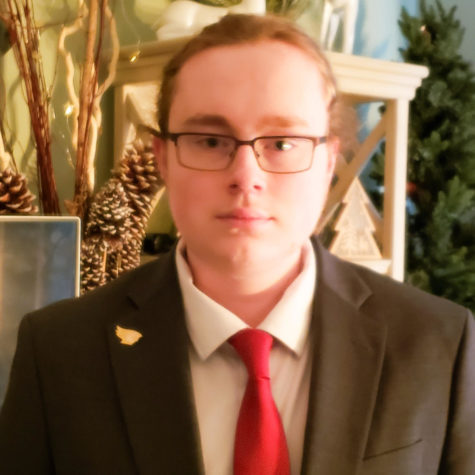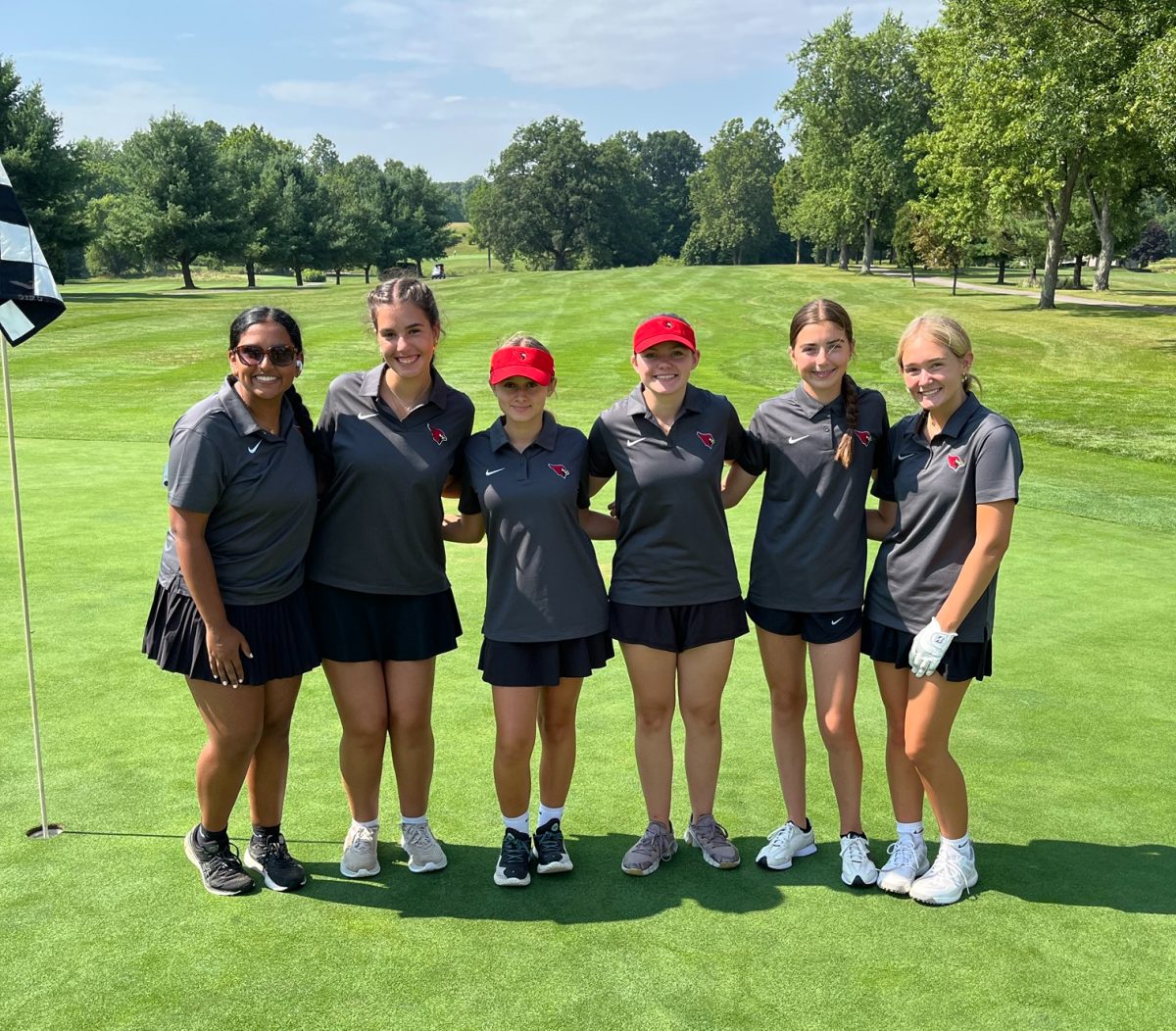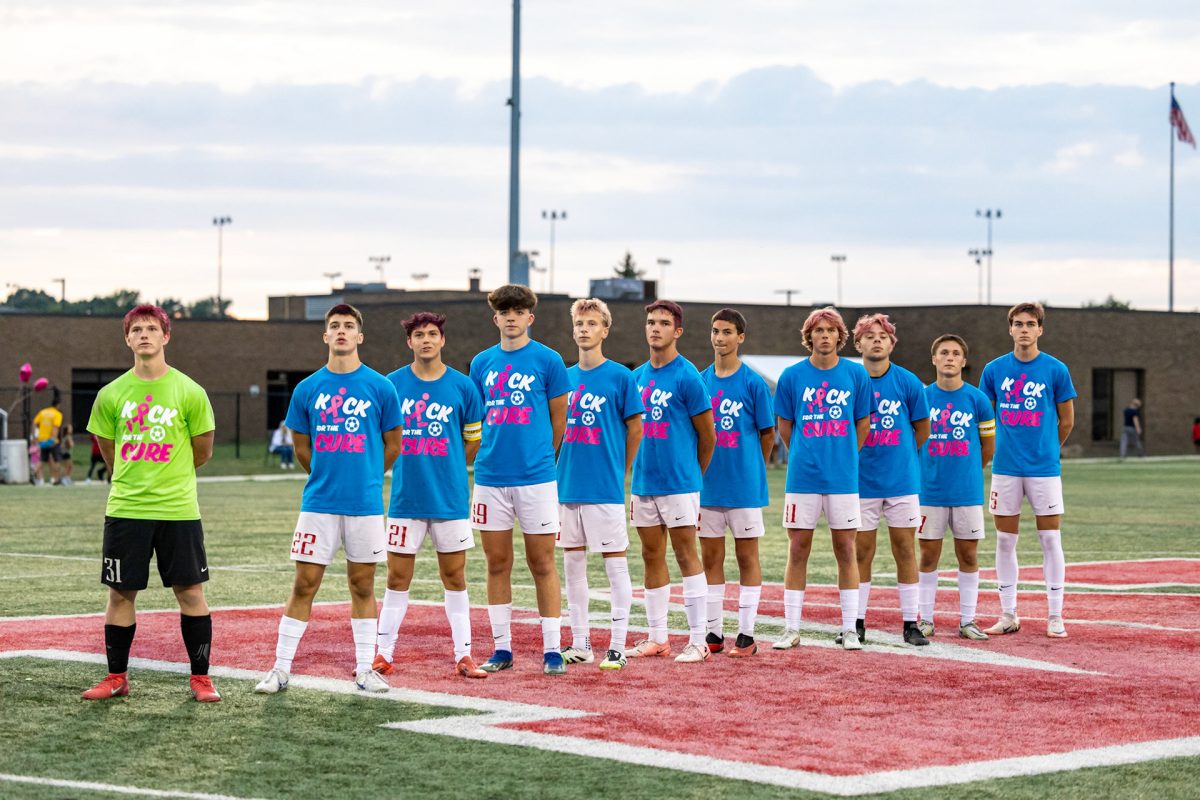Come Join ConLang Club
Read about what the group is all about in our interview with club leader Zahran Shams
Official ConLang Flag: Symbolises the Tower of Babel
November 29, 2022
Recently, Cardinal Nation spoke to the leader of the MHS ConLang Club, Zahran Shams, to learn more about the group. This is what we learned:
Cardinal Nation: What is a conlang?
Zahran Shams: A conlang, or constructed language, is a language constructed by one or a small group of people. Conlangs differ from natural languages, often abbreviated natlangs (Advisor’s Note: a “natlang” refers to a language that has naturally arisen and has at some point been spoken on Earth), in that natlangs evolve over time from other natlangs, whereas conlangs are made by utilizing a few key linguistic principles to make a functional language that could realistically be spoken as fluently as a natlang. Some conlangs have even gotten so popular that there exist native speakers of them, such as esperanto. This club specifically does not have any affiliation with “Star Trek” or DND (Dungeons and Dragons), though they are the two most well known applications of conlangs.
Cardinal Nation: What skills are used at ConLang?
Zahran Shams: Skills used in conlang are creativity and linguistic analyzation; most of what you decide in a conlang, such as the sounds used and the grammar, are up to the conlanger to decide on their own, based on what they think sounds nice. Linguistic analyzation is applied if one wants to make their conlang more realistic, for instance making some irregularities in grammar to seem more authentic
Cardinal Nation: What do you learn at ConLang?
Zahran Shams: At conlang, you can learn about a variety of linguistics that are useful in making a conlang, namely phonology (what sounds go in a language), phonetics (how the sounds interact), morphology (how units of meaning form words), and syntax (how words are organized to form sentences). If you want to make your conlang more realistic, you can also learn about and apply the process of artificial evolution, in which realistic sound and grammar shifts are applied to the conlang to simulate evolution, helping produce natural irregularity as it is produced in natlangs.
Cardinal Nation: When and where does ConLang Club meet?
Zahran Shams: As of right now, ConLang meets on Wednesdays, 7-8 p.m. online (email [email protected] for more information). The time is somewhat flexible, as we don’t have many members, but we would like to figure out a time for which a supervisor could accommodate us in person after school.
Cardinal Nation: Why should you join ConLang Club?
Zahran Shams: You should join ConLang if you have any interest in languages. ConLang can open your eyes to many strange things about language that you may have never noticed before. For instance, most people’s tongues don’t touch the top of their mouths when making a “s” sound. Language is a way for people to view the world, as stated by the sapir whorf hypothesis, and ConLang is a good way to learn about a variety of languages.
Cardinal Nation: What conlang at ConLang Club is being worked on currently?
Zahran Shams: The group conlang we are currently working on is called soxe (the x is pronounced /x/, not /ks/, look up ipa). soxe is a simple conlang, not really especially remarkable, but we are applying the process of artificial evolution on soxe multiple times simultaneously, to create a soxe language family of different languages that evolved separately from each other; similar to how Latin evolved into Italian, Romanian, Spanish, French, and other romance languages. We can influence this evolution to produce linguistic features that appeal to us. For instance, i’m working on merging verbs with a place adverb to form a locative case.
For more information, you can reach out to Zahran Shams through his email [email protected].







